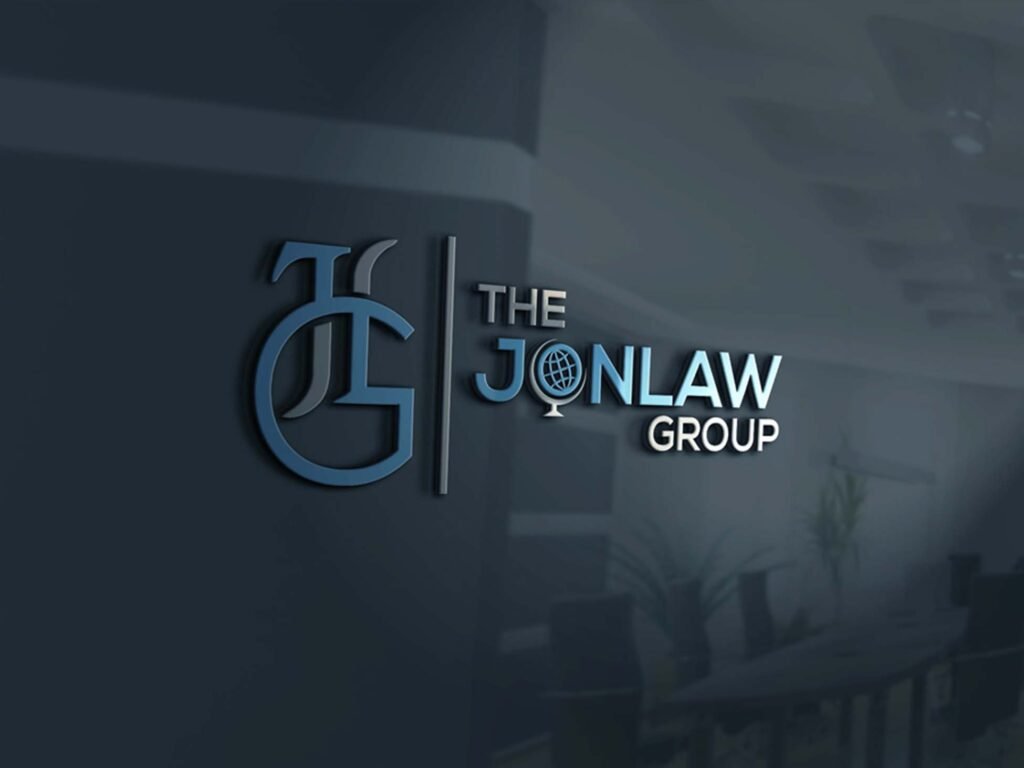Introduction to Lease Accounting Changes
In the ever-evolving world of accounting standards, one of the latest changes that has garnered significant attention is the ASC 842 standard. This new set of lease accounting rules, issued by the Financial Accounting Standards Board (FASB), seeks to improve transparency and consistency in the reporting of lease transactions. The ASC 842 standard affects both lessees and lessors and understanding its implications is crucial for stakeholders in the world of finance.

Key Definitions
Before diving into the specifics of the lease accounting changes under ASC 842, it is essential to establish a clear understanding of some key definitions. First and foremost, a lease is defined as a contract in which the right to use an underlying asset is conveyed to the lessee for a period of time, in exchange for consideration. Understanding the lease term and renewal options is crucial for accurately assessing the financial impact of a lease. Additionally, identifying lease components is vital, especially in cases where a lease includes both the right to use an asset and other goods or services.
Lessee Accounting Changes under ASC 842
Prior to the implementation of ASC 842, lessee accounting followed a different set of rules. However, with the introduction of this new standard, lessees are now required to make significant changes to their balance sheets. ASC 842 mandates the recognition and measurement of lease liabilities, which will have a direct impact on the financial statements of lessees. Furthermore, lessees will experience changes in expense recognition as they transition to the new lease accounting rules.
Lessor Accounting Changes under ASC 842
Similar to lessees, lessors also face critical changes in their accounting practices as a result of ASC 842. The existing lessor accounting rules are being replaced, and lessors must now adjust their balance sheets accordingly. The new standard introduces modifications to revenue recognition for lessors, and the accounting treatment for operating and sales-type leases will undergo transformation.
Lease Classification and Disclosures
Under ASC 842, leases need to be properly classified to ensure accurate reporting. The standard provides guidelines for determining whether a lease should be classified as an operating lease or a finance lease. This classification has implications for both lessees and lessors, affecting the recognition, measurement, and presentation of lease-related information. Additionally, ASC 842 mandates specific disclosure requirements for both lessees and lessors, ensuring transparency and providing stakeholders with essential information.
Transitioning to ASC 842
Effective dates and transition methods are critical factors when implementing ASC 842. Lessees and lessors must carefully plan their transition approach, considering the modified retrospective method, which allows for the restatement of prior periods, or other available expedients. To facilitate the transition, practical expedients, & reliefs are provided, allowing companies to simplify the adoption process while still complying with the new standard.
Lease Modifications and Renegotiations
The accounting treatment for lease modifications is another aspect that undergoes significant changes under ASC 842. Both lessees and lessors must understand how to account for modifications and renegotiations of lease contracts. This includes evaluating the financial impact on balance sheets and income statements and determining the criteria for re-identification of leases.
Practical Considerations for Implementation
When implementing ASC 842, there are several practical considerations that lessees and lessors must take into account. These include identifying lease contracts, evaluating lease terms and renewal options, establishing a centralized lease database, and ensuring proper integration with existing systems. By carefully addressing these considerations, companies can streamline the implementation process and mitigate potential challenges.
Challenges and Complexities in Applying ASC 842

While ASC 842 aims to standardize lease accounting practices, it also introduces challenges and complexities for companies. Evaluating the incremental borrowing rate, determining the appropriate discount rate, accounting for embedded leases, and addressing country-specific lease requirements can pose difficulties. Companies must navigate these complexities to ensure accurate and compliant lease accounting.
Implications for Financial Reporting Metrics and Key Ratios
ASC 842 has implications beyond the realm of lease accounting. It can impact key performance indicators (KPIs), debt and leverage ratios, and overall financial statement analysis. Stakeholders must be aware of these potential changes and adjust their analytical frameworks accordingly for meaningful financial reporting and comparisons.
ASC 842 and its Impact on Industries
Different industries will experience specific impacts as a result of ASC 842. The real estate and property management sectors, the retail and automotive industries, as well as equipment leasing and manufacturing, will face industry-specific considerations and changes in their lease accounting practices. Understanding these implications is crucial for companies operating within these sectors.
International Versus United States Lease Accounting Standards
The ASC 842 standard is specific to the United States, but it’s important to consider its relationship with international lease accounting standards, such as IFRS 16. Comparing the two standards and understanding the harmonization efforts and challenges can help companies with multinational lease agreements navigate the complexities of lease accounting.
Potential Tax and Finance Implications
Lease accounting changes can have implications for tax treatment, tax deductions, and credits. Moreover, ASC 842 can affect the accounting for income tax and have an impact on financial statements. Companies must carefully assess the potential tax and finance implications of ASC 842 to ensure compliance and accurate financial reporting.
Compliance and Internal Control Considerations

Being compliant with ASC 842 requires robust internal controls and effective governance and oversight mechanisms. Companies need to assess their internal control processes, manage potential risks of fraud and misrepresentation, and ensure compliance with the new lease accounting rules.
Lease Accounting Software Solutions
To facilitate the implementation and ongoing management of lease accounting under ASC 842, various software solutions are available. These software options offer features and benefits tailored to lease accounting needs, such as lease recognition, measurement, and disclosure. Selecting the right software solution is essential for a streamlined and efficient lease accounting process.
Industry Best Practices for Lease Accounting
Industry Best Practices for Lease Accounting
Implementing best practices is crucial for successful lease accounting under ASC 842. This includes documenting lease management policies and procedures, enhancing internal controls and auditability, and leveraging technology for efficient lease accounting. Following industry best practices can ensure accuracy, compliance, and effective lease management.
Case Studies and Examples
Examining real-life case studies and examples can provide valuable insights into the practical application of ASC 842. Case studies can illustrate the impact of the new standard on major corporations and small businesses, while specific examples can help stakeholders better understand calculations related to lease liability and the incremental borrowing rate.

Summary: Key Takeaways from ASC 842
In summary, ASC 842 brings significant changes to lease accounting for both lessees and lessors. Understanding the implications of this new standard is crucial for accurate financial reporting and compliance. Key considerations for successful implementation include evaluating lease contracts, establishing a centralized lease database, and addressing challenges such as evaluating discount rates. While compliance may bring challenges, the expected benefits include increased transparency, consistency, and comparability in lease accounting.
Conclusion
Lease accounting changes under ASC 842 have far-reaching implications for both lessees and lessors. Companies must navigate the complexities of the new standard, ensuring accurate financial reporting and compliance while leveraging the benefits it brings. By understanding the key definitions, accounting changes, transition methods, and industry-specific considerations, stakeholders can successfully implement ASC 842, enhance lease management practices, and drive informed business decisions

